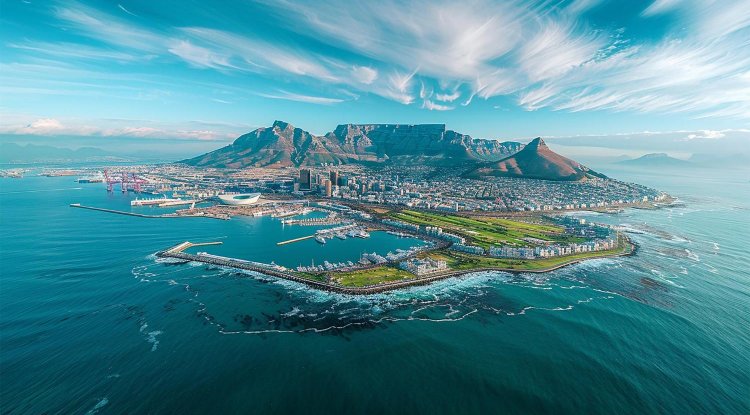The Enchanted Archipelago: A Journey Through Stockholm's Hidden Islands
Nestled in the shimmering waters of the Baltic Sea, the Stockholm Archipelago unfolds like a storybook of natural beauty and serene landscapes. Comprising roughly 30,000 islands, this sprawling network offers a unique escape from the bustling capital city, inviting travelers to explore its diverse and enchanting realms. From the charming fishing villages to the rugged, unspoiled wilderness, the Stockholm Archipelago is a treasure trove of experiences waiting to be discovered.
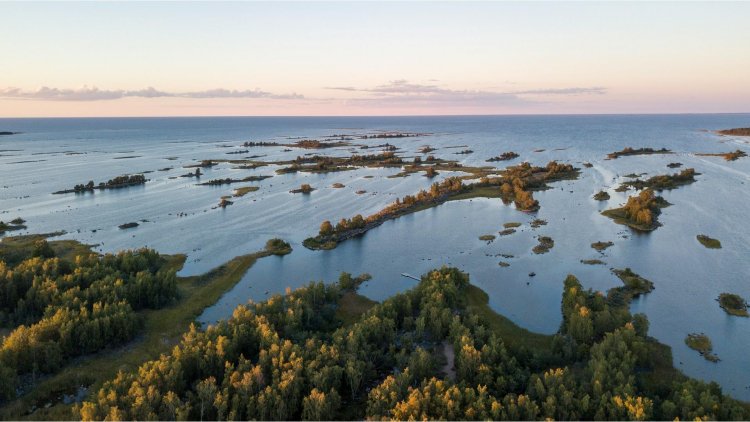

The Lure of the Archipelago
The Stockholm Archipelago stretches over 80 kilometers east of the Swedish capital, offering a variety of landscapes that cater to different tastes and interests. Each island has its own distinct character, shaped by centuries of history, culture, and nature. Whether you're drawn to the tranquil beauty of remote isles or the lively atmosphere of more accessible destinations, the archipelago promises an unforgettable adventure.
Historical Tapestry and Cultural Heritage
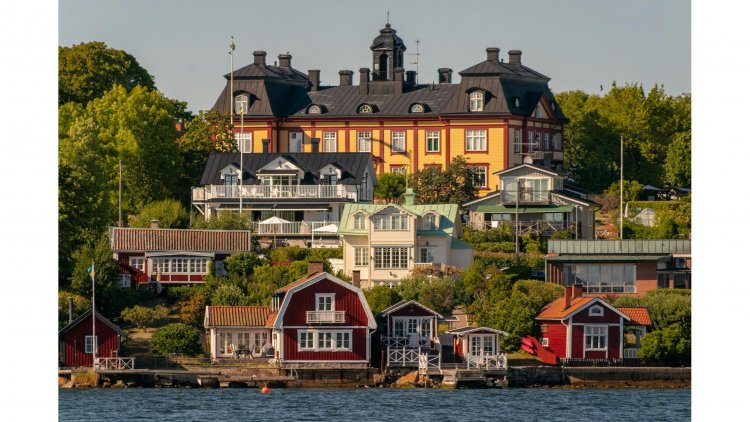
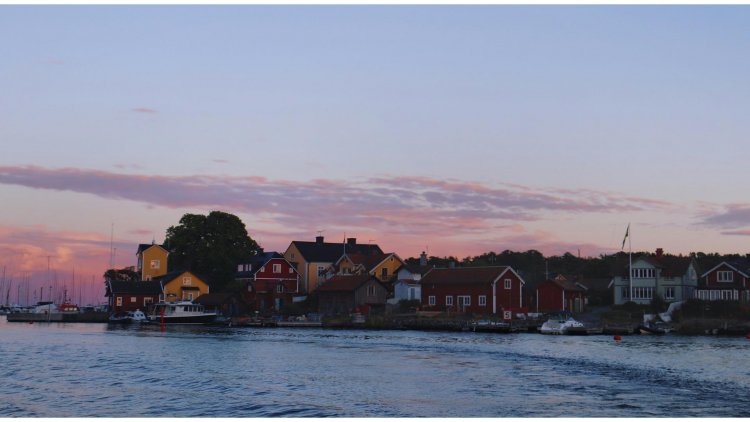
Vaxholm: The Gateway to the Archipelago
Often considered the gateway to the Stockholm Archipelago, Vaxholm is a picturesque town with a rich maritime history. Its charming wooden houses, cobbled streets, and the imposing Vaxholm Fortress, which dates back to the 16th century, offer a glimpse into Sweden’s past. The fortress was originally built to defend Stockholm from naval attacks and now serves as a museum and a popular tourist attraction. Strolling through Vaxholm, you'll encounter quaint cafes, boutiques, and art galleries, all set against the backdrop of beautiful archipelago views.
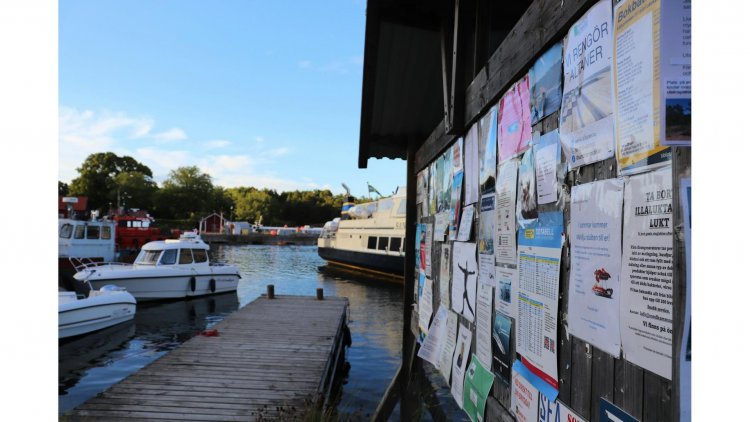
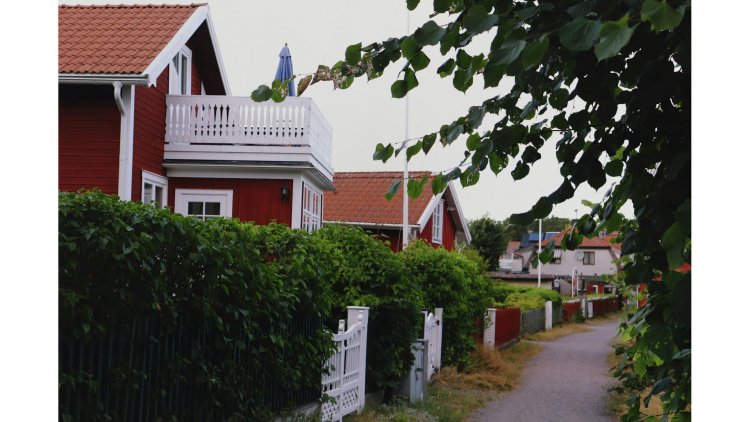
Sandhamn: A Nautical Haven
For those with a passion for sailing, Sandhamn is the quintessential stop. This island is renowned for its sailing culture and hosts the annual Sandhamn Race, a highlight in Sweden’s competitive sailing calendar. The village is bustling with maritime charm, featuring historic boathouses and a lively marina. The nearby beaches and nature reserves make it an ideal spot for a relaxing day out, with opportunities for swimming, hiking, and even a round of golf on the island's course.
Natural Wonders and Outdoor Activities
Grinda: An Oasis of Tranquility
Grinda offers a tranquil retreat with its lush landscapes and serene atmosphere. This island is known for its stunning nature reserve, where you can explore a network of hiking trails that wind through forests, meadows, and along the rugged coastline. The island’s unique topography, characterized by granite cliffs and sandy coves, provides a picturesque setting for outdoor activities. Kayaking around Grinda’s shores is a popular way to enjoy the island's natural beauty, and the crystal-clear waters are perfect for swimming.
Djurgarden: A Blend of Nature and Culture
Although not technically part of the archipelago, Djurgarden is a must-visit island in Stockholm’s inner city. Known for its expansive green spaces and cultural landmarks, Djurgarden is home to the Vasa Museum, which houses the remarkably preserved 17th-century warship, Vasa. The island also features Skansen, an open-air museum and zoo that offers insights into Sweden’s rural traditions and wildlife. A leisurely walk or bike ride around Djurgarden's scenic pathways is a great way to appreciate its blend of nature and culture.
The Allure of the Lesser-Known Isles
Utö: A Historical Gem
Utö is a small island with a rich mining history that contrasts sharply with its picturesque surroundings. Once a bustling center for iron ore mining, Utö has transitioned into a tranquil getaway. The island is dotted with historic buildings, including old mining structures and quaint cottages. Visitors can explore the island’s history at the Utö Mining Museum and enjoy its scenic landscapes through hiking and cycling trails.
Fjäderholmarna: The Artisan's Island
Just a short boat ride from Stockholm, Fjäderholmarna is often referred to as the "Artisan's Island." It is home to a cluster of artists and craftsmen who showcase their work in local studios and workshops. The island is famous for its vibrant arts and crafts scene, including glassblowing, ceramics, and traditional Swedish woodwork. The quaint shops and galleries offer unique souvenirs, while the island’s eateries serve up delicious Swedish fare. Fjäderholmarna’s relaxed atmosphere and cultural richness make it a delightful day trip.
Navigating the Archipelago: Practical Tips and Recommendations
Exploring the Stockholm Archipelago is relatively straightforward, thanks to the well-established public transportation network. The archipelago is serviced by a series of ferries operated by Waxholmsbolaget and SL (Stockholm Public Transport), which connect the various islands with Stockholm and each other. Schedules can vary seasonally, so it's wise to check timetables in advance and plan your itinerary accordingly.
When visiting the archipelago, it's essential to consider the seasonal changes. Summer months offer the warmest weather and longest daylight hours, making it ideal for outdoor activities. However, autumn and winter bring a different charm with fewer crowds and a serene atmosphere. Many islands remain accessible year-round, though some services may be limited outside the peak tourist season.
Accommodations range from cozy guesthouses and charming inns to luxurious hotels and vacation rentals. For a truly immersive experience, consider staying on one of the islands to fully embrace the archipelago’s natural beauty and tranquility. Reservations are highly recommended during the summer months, as the islands can get quite busy.
The archipelago is also a haven for gastronomy enthusiasts. Many islands feature restaurants and cafes that serve fresh, locally sourced seafood and traditional Swedish dishes. Dining on the waterfront, with views of the archipelago’s stunning landscapes, adds an extra layer of enjoyment to the culinary experience.
For those interested in outdoor adventures, the Stockholm Archipelago offers numerous activities such as kayaking, sailing, hiking, and cycling. The islands’ diverse terrain and natural beauty provide endless opportunities for exploration and enjoyment.
Hidden Treasures and Unique Experiences
Lidingö: A Blend of Urban and Natural Beauty
Lidingö, while technically a part of the Stockholm metropolitan area, offers a unique blend of urban convenience and natural beauty. This island is known for its scenic parks, including the popular Millesgården, an art museum and sculpture garden founded by artist Carl Milles. The museum is set in a beautiful park overlooking the water, providing a serene environment to appreciate both art and nature.
Lidingö's hiking trails, such as those in the Ekholmsnäsbacken Nature Reserve, offer a picturesque escape from the city. The trails wind through forests, past lakes, and offer stunning viewpoints of the surrounding archipelago. Additionally, Lidingö is known for its waterfront promenades and quaint local shops, making it a pleasant spot for leisurely exploration.
Värmdö: A Haven for Outdoor Enthusiasts
Värmdö is an island renowned for its outdoor activities and natural beauty. It is home to several nature reserves and parks, including the popular Nature Reserve of Bogesund. Here, visitors can explore lush forests, wetlands, and scenic lakes. The island is also famous for its beautiful archipelago coastline, which offers excellent opportunities for kayaking and sailing.
For those interested in a more relaxed experience, Värmdö’s charming village centers, such as Gustavsberg, provide a glimpse into local life with their quaint shops and cafes. The island’s rich cultural heritage is evident in its traditional Swedish architecture and local art galleries.
Gastronomic Delights and Culinary Adventures
Local Flavors: Traditional Swedish Cuisine
One of the joys of exploring the Stockholm Archipelago is sampling the region's culinary offerings. Traditional Swedish cuisine is a highlight, featuring dishes like pickled herring, gravlax (cured salmon), and köttbullar (meatballs). Many of the islands boast charming restaurants and cafes where you can enjoy these classic dishes, often with a modern twist.
Restaurants such as the Skärgårdsbistro on Sandhamn and the Vaxholms Hembygdsgård offer a delightful dining experience with stunning waterfront views. The fresh seafood, often caught locally, is a standout feature of the island cuisine. Don't miss the opportunity to try a traditional Swedish "fika," a coffee break that includes pastries and cakes, at one of the many cozy cafes scattered throughout the archipelago.
Gourmet Experiences: Fine Dining and Local Markets
For those seeking a more refined dining experience, several islands offer gourmet restaurants that showcase local ingredients in innovative ways. The award-winning restaurant on Grinda, for example, focuses on seasonal ingredients and sustainable practices, providing a memorable culinary journey.
Local markets on various islands also provide a chance to sample fresh produce, homemade goods, and local delicacies. Markets such as the one on Fjäderholmarna offer artisanal products including cheeses, baked goods, and handcrafted items that make for great souvenirs.
Practical Considerations for Your Visit
Getting Around: Transportation Options
Exploring the Stockholm Archipelago is facilitated by a well-organized ferry network. Waxholmsbolaget operates regular ferry services to many of the islands, and SL’s archipelago boats provide connections from Stockholm. Tickets can be purchased in advance or on the day of travel, and it's advisable to check schedules and book tickets during the peak summer season.
For those looking for a more personalized experience, several companies offer private boat rentals and guided tours. These options can provide a more intimate exploration of the islands and allow you to tailor your itinerary to specific interests.
Accommodation: Where to Stay
Accommodation options in the archipelago range from luxurious hotels to charming bed-and-breakfasts and self-catering cottages. Many of the islands have cozy guesthouses that offer a peaceful retreat amidst natural surroundings. Booking well in advance, especially during the summer months, is recommended to secure your preferred accommodation.
Safety and Etiquette: Enjoying the Islands Responsibly
While the Stockholm Archipelago is generally safe and welcoming, it's important to follow some basic guidelines to ensure a respectful and enjoyable visit. Be mindful of local regulations, especially concerning environmental conservation and wildlife protection. Many islands are part of protected areas, so adhering to designated paths and avoiding disturbance to wildlife is essential.
Respect local customs and practices, and always ask for permission before entering private properties or restricted areas. The archipelago is a place of natural beauty and cultural significance, and treating it with care ensures that future visitors can enjoy its wonders as well.
Exploring the Stockholm Archipelago is like stepping into a world where nature, history, and culture blend seamlessly. Each island offers its own unique charm and character, from the bustling marinas of Sandhamn to the tranquil forests of Grinda. Whether you're seeking adventure, relaxation, or a taste of Swedish culture, the archipelago delivers an array of experiences that cater to all interests.
Embrace the serenity of the islands, savor the local flavors, and immerse yourself in the rich history that defines this enchanting region. The Stockholm Archipelago is not just a destination but a journey into the heart of Sweden’s natural and cultural heritage.
Disclaimer: The travel information and recommendations on this blog are intended for general guidance and inspiration. Conditions and regulations can change quickly, so please verify all details with appropriate sources before making travel plans. We are not liable for any errors, omissions, or outcomes resulting from your use of this information. Travel involves inherent risks, and it's essential to prioritize your safety and well-being. Always travel with adequate insurance and take necessary precautions.
What's Your Reaction?








